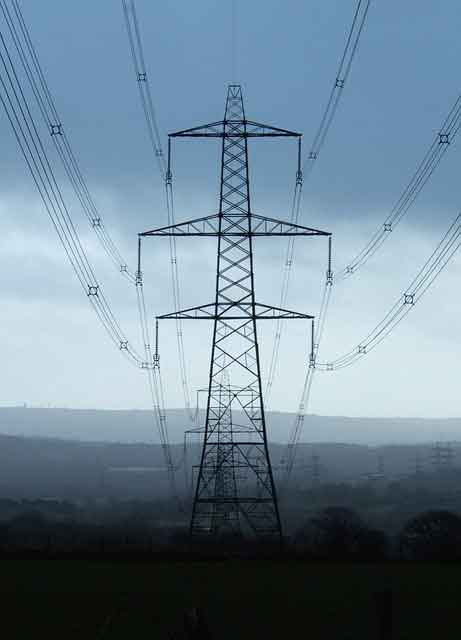Smog-Spewing Ontario Power Plant Must Be Cleaned Up, Says Great Lakes United
BUFFALO, N.Y., -- - For the sake of people on both sides of the border, the Canadian government must clean up North America's largest coal-fired power plant in Nanticoke, Ontario, Great Lakes United said today at a news conference at the Canadian Embassy.
Canadian and U.S. negotiators are meeting today in Washington to consider smog reductions under the United States-Canada Air Quality Agreement.
"Cross-boundary smog causes asthma and other respiratory problems for people in both the United States and Canada," said Reg Gilbert, senior coordinator at the Great Lakes United headquarters in Buffalo.
"Both countries need to cut smog pollution to New York's forward looking standard. Canadian power plants like Nanticoke exceed this standard outrageously -- by a factor of three," Gilbert said.
The Nanticoke plant, located 63 miles directly upwind from Buffalo, N.Y. is contaminating the air in upstate New York as well as Canada's Niagara Peninsula.
Nanticoke is equipped with second-rate pollution control equipment, and emits smog-causing nitrogen oxides (NOx) at three times the rate allowed in New York State. There is no requirement for Canadian power plants to use the best available smog-control technology, called selective catalytic reduction. Selective catalytic reduction achieves NOx reductions on the order of 70 percent. SCR is employed at dozens of U.S. power plants, but none in Ontario.
"Canada has often put forward the case that Canadians are victims of American air pollution and that is correct," said Dan McDermott, director of Toronto-based The OntAIRio Campaign. "But the sad truth is that Canada also pollutes the lungs of Americans." "We all need a tough new air quality deal that will force the cleanup of dirty coal-fired power plants on both sides of the border," he said.
Related News

On the road to 100 per cent renewables
WASHINGTON - The Union of Concerned Scientists joined with COPAL (Minnesota), GreenRoots (Massachusetts), and the Michigan Environmental Justice Coalition, to better understand the feasibility and implications of leadership states meeting 100 percent of their electricity needs with renewable energy by 2035.
We focused on 24 member states of the United States Climate Alliance, a bipartisan coalition of governors committed to the goals of the 2015 Paris Climate Agreement. We analyzed two main scenarios: business as usual versus 100 percent renewable electricity standards.
Our analysis shows that:
Climate Alliance states can meet 100 percent of their electricity consumption with renewable energy by 2035. This holds true even with strong…




